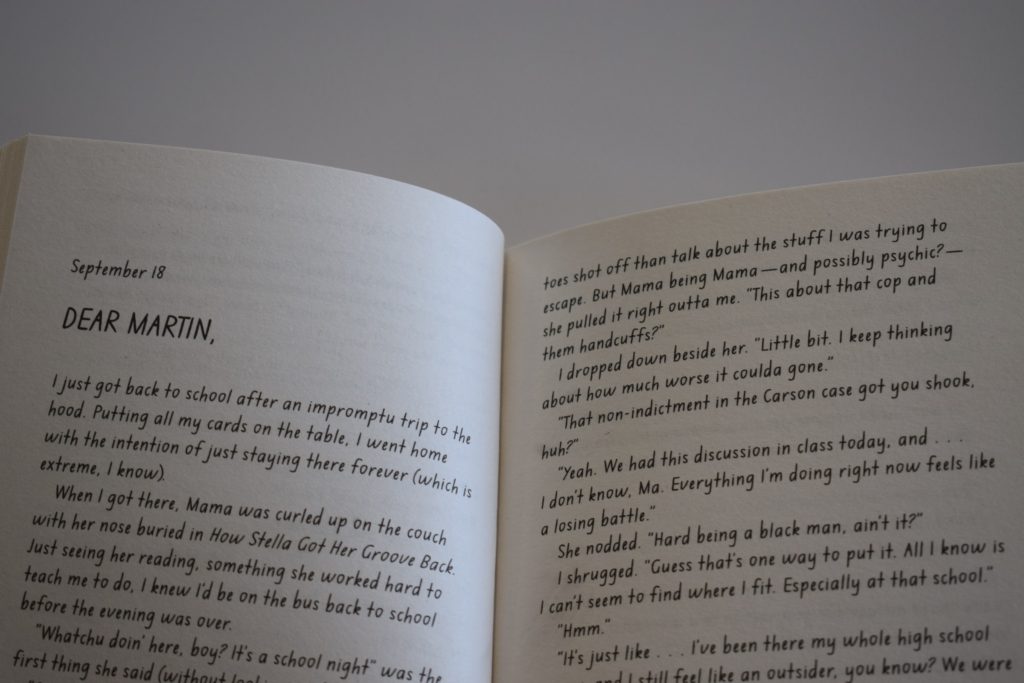Want to Write Better Dialogue? Here’s the First Step!
Poorly-written dialogue can quickly kill an otherwise seemingly remarkable story. So here is the first step to write better dialogue.
When you’re putting your story together, it’d be weird if no one said ANYthing, whether externally or internally. More often than not, readers are drawn to conversations and exchanges between your characters. But not only for the sake of variety or to simply see them speak.
Dialogue is another conveyance for sharing insights into your cast, the world, and the story from differing perspectives. That means it’s vital you learn to approach these exchanges with care and consideration. Otherwise, they fall flat and ruin your novel’s pacing.
Poorly-written dialogue can quickly kill an otherwise seemingly remarkable story and cost writers extra during the editing process. So I want to start by sharing some of the technical aspects you need to consider including the first step you should take to write better dialogue.
Formatting Matters

One of the easiest places for most newer writers to get tripped up is formatting their dialogue exchanges. “But isn’t that the editor’s job to deal with?” you ask. Sure, but the more technical editing they need to do, the less focused they are on the big picture items that can make your story fantastic.
Also, the longer an editor spends working on the various components of your novel, like I said, the more expensive it becomes. So by first understanding the basics of formatting your dialogue, you’ll save yourself, and your editors, a lot of time and headaches.
A Single Line of Dialogue

The most basic way you’ll see or write dialogue is like so:
“You look well today, my friend.”
The whole sentence is inside the quotations and the end-of-dialogue punctuation with it. One of the most frequent mistakes I see from ANY writer is that they misplace their punctuation! Inside the quotes, always.
Tag Your Dialogue

To give your exchanges more character, you need to add dialogue tags. These will indicate who is speaking and how they do it. It’s pretty common but vital to get these right, so take a look:
“You’re joking,” Louise said.
Arthur replied brightly, “I am not!”
“No?” she inquired. “Well, that’s nice to hear.”
That little conversation shows a few ways you can portray your tags. When the tag comes AFTER the dialogue, you must have a comma inside the quotations. The comma goes at the end of the tag when it comes BEFORE the dialogue. Finally, when the tag is midway through the sentence, you combine a single line with the dialogue tag.
And take notice of that question mark. Where the quotations start and the dialogue tag ends is the sentence — the question mark won’t change that. It, and other punctuation like it, will function like a comma where dialogue is involved.
The 5 Key Elements of a Great Young Adult Novel
Actionable Building Blocks to Set You on the Path to Success

New Paragraph for Each Speaker

Every time someone new speaks in an exchange, it starts a new paragraph, which you indent (unless you’re starting after a scene break or a new chapter). No matter how much or little they have to say, that’s the rule. Like so:
“But that’s impossible! My mother told me that anyone who travels into the woods will surely die!”
“I’m sorry to say, but your mother was lying,” he said solemnly.
“No!” she exclaimed vehemently. “No, I just won’t believe it!
“And do you know why? My mother told me this when she was on her deathbed. You don’t lie when you’re about to die. Not to your daughter, not ever!” She collapsed to the floor, weeping.
He moved to comfort her, attempting to shoulder some of the grief she clearly felt.
It helps clarify who is speaking when you follow this rule. Additionally, in the second sentence, I ham-fisted a paragraph break for the woman. When someone speaks long enough to warrant a new paragraph, you don’t close each paragraph with quotations, as you’ll notice in my example. That helps to clarify that the same person is still speaking.
Taking Action

When someone is speaking, they often don’t stand there and do nothing but move their lips. Having some action to break up the dialogue is excellent, but specific rules apply.
“Wait a minute…” Dario stopped in his tracks. “Do you see that?”
“What are you” —Trent turned around to look at Dario—”talking about?”
Dario was pointing at smoke just beyond the horizon. “That.”
Following the finger, Trent looked, gasped, then exclaimed, “Oh my goodness!”
It’s almost like a single line and a dialogue tag but works a bit differently. The first sentence is how you write it when action occurs between lines of dialogue that are complete sentences, creating a pause.
In the next line, using an em dash (—) is a version where you indicate someone is taking action while speaking since not everyone waits until they’re done moving to say something. Finally, the last sentence illustrates the difference between attributive actions and attributive tags. To better explain this, here’s how it would look written grammatically incorrect:
Following the finger, Trent looked and gasped, “Oh my goodness!”
People can’t gasp and say things in the same breath. Just try it. You’ll sound weird, inhaling your words. But it’s a rookie mistake that you need to watch out for when you’re trying to find alternatives to “said,” “replied,” “answered,” and so forth. Make sure you mind the words that are actions and not a way of coloring dialogue.
With these fundamentals in mind, I hope you can structure your character conversations better. While I knew a few of the basics, some of the finer points in writing dialogue eluded me until I did more research or received feedback from my editors on Getting By.
In my next blog, I’ll go into some of the more creative aspects of writing your dialogue. Because, as always, I want to set you up for success and learn from my work.
Speaking of, if you haven’t checked out my course or masterclass, there’s so much more information I can dive into on the publishing and writing process, so you can start planning out how you want to launch your novel when the manuscript is ready.
Otherwise, I always welcome an email at jsims@jairesims.com if you have comments or questions and invite you to find me online.







